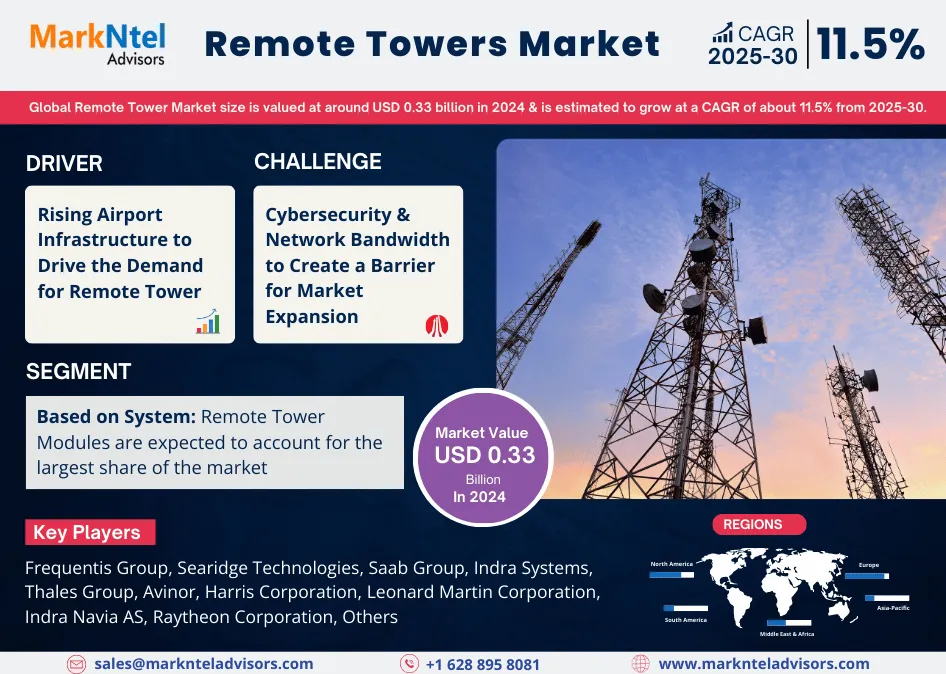Innovations in Aviation Ground Transportation Services
The aviation industry is continuously evolving, and one critical component often overlooked is the ground transportation services that connect airports to their surrounding communities. Innovations in this sector are rapidly evolving to improve passenger experience, increase safety, enhance efficiency, and promote sustainability. This article explores the key innovations in aviation ground transportation services and how they are reshaping the travel landscape.
The Essential Role of Ground Transportation in Aviation
Connecting Passengers and Airports
Ground transportation serves as a vital link between airports and passenger destinations. Whether using taxis, shuttle buses, ride-sharing services, or public transit, passengers rely on these services to reach their flights on time or to arrive at their accommodations after a long journey. Efficient ground transport systems help reduce congestion at airports, streamline operations, and enhance overall travel experience.
Economic Impact
The ground transportation sector is significant not only for passengers but also for local economies. These services create jobs, drive tourism, and support local businesses, illustrating the broader impact of aviation-related ground transport.
Recent Innovations in Ground Transportation
As technology advances and passenger needs evolve, ground transportation services are integrating innovations that transform the way people travel to and from airports. Below are some key innovations reshaping this sector.
1. Smart Transportation Technologies
Automated Systems
Automation is at the forefront of innovation in ground transportation. Many airports are adopting automated ticketing systems, enabling passengers to purchase tickets and access services through mobile apps. This technology reduces long lines, minimizes wait times, and enhances the passenger experience.
Intelligent Transport Systems (ITS)
ITS employs data analytics and real-time information sharing to improve transportation management. These systems optimize traffic flow, allowing ground transport providers to monitor congestion levels and alter routes as needed. Airports can leverage this data to ensure efficient pick-up and drop-off operations.
2. Ride-Sharing Services
The Rise of Ride-Sharing
Ride-sharing services like Uber and Lyft have revolutionized ground transportation options for travelers. Their mobile applications allow passengers to book rides quickly and efficiently, reducing the hassle associated with traditional taxi services. The growth of ride-sharing has also prompted airports to develop dedicated pick-up and drop-off zones, streamlining the process for passengers.
Enhanced Features
Many ride-sharing companies are now integrating features that enhance safety and convenience. These include real-time tracking, in-app chat for rider and driver communication, and the option to schedule rides in advance. Some services are even starting to offer shared rides, allowing passengers to reduce costs while sharing their journey with others.
3. Electric and Autonomous Vehicles
Sustainability Initiatives
The aviation industry faces increasing pressure to adopt sustainable practices, and ground transportation services are following suit. Electric vehicles (EVs) are being integrated into airport shuttle fleets, significantly reducing the carbon footprint of ground transport. Several airports worldwide are transitioning to 100% electric shuttle services, emphasizing their commitment to sustainability.
Autonomous Vehicles
The future of ground transportation may involve autonomous vehicles, which are already being tested in various cities. Airports are exploring the feasibility of deploying self-driving shuttles to transport passengers between terminals or to remote parking lots. This could lower operational costs and improve efficiency, while also enhancing passenger convenience and safety.
4. Mobility-as-a-Service (MaaS)
Integrated Mobility Solutions
MaaS is an emerging trend that combines various modes of transportation into a single accessible platform. Instead of using separate apps for ride-sharing, public transit, and shuttles, passengers can utilize one integrated service to plan their entire journey. This approach simplifies travel and offers personalized options, such as door-to-door service without the need for multiple transfers.
Seamless Payment Systems
MaaS platforms also allow for seamless payment systems, where users can pay for different modes of transportation via a single transaction. This innovation enhances the convenience factor for passengers and encourages the use of public transit alongside other options.
5. Enhanced Customer Experience Technologies
Real-Time Tracking and Notifications
Real-time tracking technologies empower passengers to monitor the arrival times of shuttles and other ground transportation options. Many services offer push notifications about delays or disruptions, improving visibility and reducing anxiety for travelers.
Personalized Services
Customer experience innovations, such as the use of artificial intelligence (AI) and machine learning, help ground transportation providers understand passenger preferences better. Providers can use this data to offer personalized service options, such as tailored ride types (e.g., luxury, economy, family-friendly) or specialized routes to accommodate different needs.
Addressing Challenges with Innovative Solutions
While innovations in ground transportation services bring numerous benefits, they also address several existing challenges in the sector.
1. Traffic Congestion
Route Optimization Algorithms
With increasing airport traffic, congestion can become a significant issue. Innovations in routing algorithms enable transportation services to predict and avoid congested areas, significantly reducing travel times. By leveraging historical and real-time traffic data, transportation providers can dynamically adjust routes to enhance service efficiency.
2. Regulatory Compliance
Streamlined Compliance Systems
Regulatory challenges can be daunting for ground transportation operators. Digital platforms that streamline compliance and reporting requirements can help service providers navigate local laws and regulations more efficiently. Technology that automates compliance management supports transparency and reduces the likelihood of errors, ultimately improving operational effectiveness.
3. Sustainability Concerns
Green Initiatives
As environmental concerns rise, ground transportation services are increasingly investing in green initiatives. This includes implementing carbon offset programs, engaging in community sustainability efforts, and adopting hybrid or electric vehicles. As a result, aviation ground transport can play a significant role in minimizing its environmental impact.
The Future of Aviation Ground Transportation Services
Anticipating Upcoming Trends
The future of ground transportation will likely be shaped by various emerging trends. Here are some predictions:
- Augmented Reality (AR) Applications: Future service apps may integrate AR technologies that help passengers navigate airports and ground transportation options more seamlessly.
- Hyperloop and Advanced Transit Systems: Innovations like the Hyperloop could revolutionize ground transport by offering ultra-fast travel options and making airport access more efficient.
- Blockchain Technology: Security and transparency improvements through blockchain could enhance payment systems and ride-sharing platforms.
- Interest in Local Experiences: Travelers are placing greater emphasis on local experiences, prompting ground transportation services to collaborate with local businesses and attractions, offering packages that combine transport and experiences.
FAQs
What are the main types of ground transportation services at airports?
The main types of ground transportation services include taxis, ride-sharing services, airport shuttles, rental cars, and public transportation (e.g., buses and trains).
How does ride-sharing enhance the passenger experience at airports?
Ride-sharing enhances the passenger experience by providing convenient and cost-effective transportation options. Passengers can easily book rides through mobile apps, enjoy real-time tracking, and benefit from multiple ride options tailored to their needs.
What role do electric vehicles play in airport ground transportation?
Electric vehicles reduce the carbon footprint of airport ground transportation services and align with sustainability initiatives. They provide an environmentally friendly alternative to traditional gas-powered shuttles.
What does Mobility-as-a-Service (MaaS) mean?
Mobility-as-a-Service (MaaS) integrates various forms of transport into a single accessible platform, allowing users to plan and pay for their entire journey through one service, thereby enhancing convenience and promoting public transit usage.
What challenges does the aviation ground transportation sector currently face?
The aviation ground transportation sector faces challenges such as traffic congestion, regulatory compliance, and the need for sustainability. Innovations are being introduced to address these issues effectively.
Conclusion
Aviation Ground Transportation Services are integrating cutting-edge technology to enhance connectivity and efficiency. From GPS tracking systems to real-time scheduling apps, these innovations ensure that ground transportation is reliable and synchronized with flight schedules. Discover the latest technological advancements at Aviation Ground Transportation Services.
Visit : United Arab Emirates









